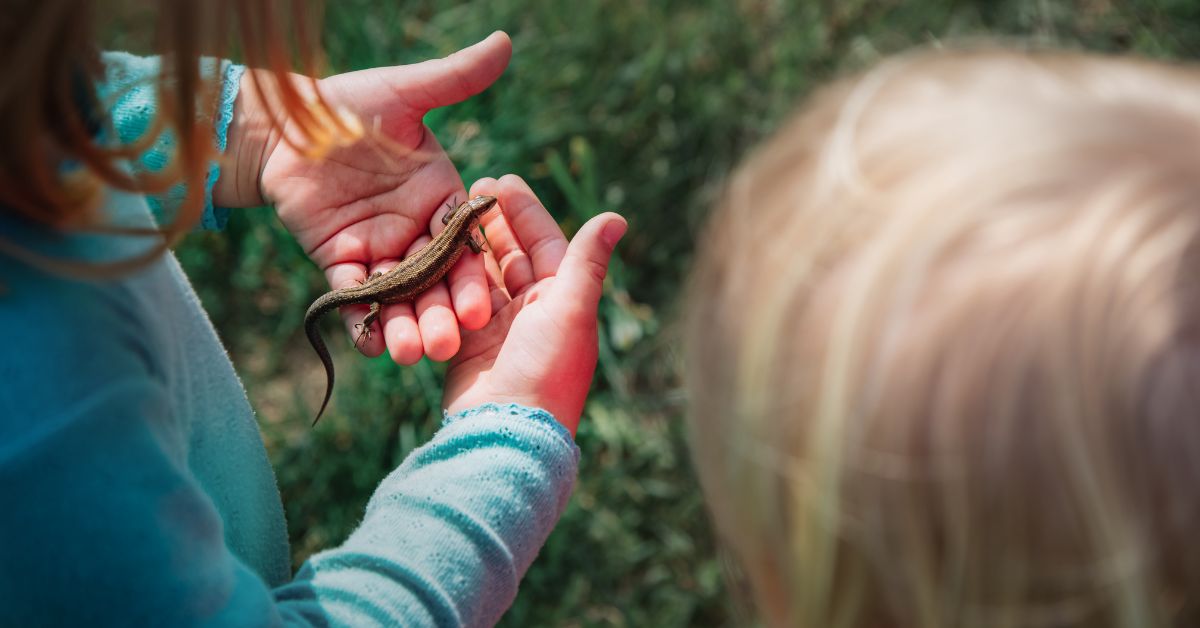Radical unschooling is a lifestyle centered on trust, freedom, and self-directed learning. Families who follow this approach often find joy in veering away from rigid schedules and curricula, allowing their children to explore their interests deeply in ways that feel authentic to them.
This article dives into what a typical day in radical unschooling might look like, exploring lifestyle examples and key routines to inspire parents considering this unique educational path.
The Foundation Of Radical Unschooling
Before understanding the practicalities, it’s vital to grasp the principles that guide radical unschooling. This educational philosophy goes beyond traditional homeschooling. While homeschooling typically involves structured, parent-led lessons, radical unschooling emphasizes a child’s autonomy, trust, and intrinsic motivation. It extends this philosophy to all aspects of life, encompassing not only academics but also other areas like chores, screen time, and bedtime routines.
For families following this path, life is learning, and learning is life. Days aren’t segmented into “study” and “leisure” because children are trusted to learn from everything they do, whether that’s baking cookies, playing video games, or helping a neighbor. To help parents understand how this philosophy unfolds in daily life, let’s examine detailed examples and insights into radical unschooling daily routines.
A Morning Without Alarms or Pressure
Mornings in a radical unschooling household typically don’t start with frantic wake-up calls or strict routines. Here’s how mornings might look:
- Waking Up Naturally: Families prioritize rest, often allowing children to wake up when they feel ready. This fosters a positive mood and better energy for the day ahead.
- Child-Led Breakfasts: During breakfast, kids might make their own meals, with help as needed. Preparing food can become an opportunity for learning—whether it’s reading recipes, measuring ingredients, or experimenting with new cooking methods.
Activities often emerge organically after breakfast, with children driven by their interests. For example:
- One child might pick up a book about dinosaurs, engaging in a deep-dive study without even realizing it’s “learning.”
- Another might head outside to collect leaves and rocks, sparking conversations about nature or science.
Without a structured start to the day, families rely on flexibility. The key here is responding to a child’s energy and curiosity rather than enforcing predetermined schedules.

Unstructured Learning Through Exploration
Unschooling doesn’t mean a lack of activities—it means children direct how and what they learn. Here’s how learning happens throughout the day in a radical unschooling household:
- Hands-On Projects:
-
- Building LEGO sets or creating intricate models can promote problem-solving and fine motor skills.
-
- Science experiments, like making slime or growing crystals, are initiated organically as kids explore their curiosity.
- Real-Life Learning Scenarios:
-
- Grocery shopping turns into a lesson on budgeting, nutrition, and basic math.
-
- Helping a parent fix something around the house might transform into an impromptu engineering lesson.
- Screen Time as a Learning Tool:
-
- Contrary to traditional beliefs, unschoolers see immense value in technology. Video games like “Minecraft” might teach geometry, engineering, or collaboration skills.
-
- Documentaries and YouTube videos are powerful tools for sparking interest in topics like history, wildlife, or current events.
Children are trusted to pace themselves. They may cycle quickly through different projects or spend hours deeply immersed in one topic, following their natural rhythms.
Socializing and Life Skills
Socialization and the development of life skills are important aspects often overlooked when people first learn about radical unschooling. These elements are integrated organically into everyday life.
Instead of segregation by age or grade, kids in radical unschooling communities frequently interact with people of all ages. Some examples include:
- Community Engagement:
-
- Joining community events like library story hours, clean-up days, or local group meet-ups.
- Group Activities:
-
- Co-op meet-ups with other unschooling families give kids the chance to play, create, and collaborate.
-
- Volunteering opportunities, such as helping at an animal shelter or food pantry, teach compassion and teamwork.
Chores and household responsibilities complement this. Instead of being assigned tasks with rigid demands, children might offer to assist with laundry or meal prep when they feel ready. Their motivation comes from seeing themselves as contributing members of the family, rather than from imposed duties.
Evening and Family Time
Evenings in a radical unschooling household are characterized by connection and relaxation. While there’s no “official” wrap-up to the day, families often use this time to wind down together.
Here’s what evenings might look like:
- Shared Activities:
-
- Gathered around a board game, laughing and learning to strategize.
-
- Watching a movie or television series that sparks questions or thoughtful discussion.
- Independent Pursuits:
-
- Children might choose to continue working on a project or hobby during quiet evening hours. For example, they could write stories, sketch, or research more about a favorite subject like astronomy.
- Open Conversations:
-
- Family sit-downs at dinner can be a space for everyone to share their experiences, thoughts, and ideas. Parents show interest in their children’s passions, further supporting self-direction.
Bedtimes aren’t enforced in radical unschooling. Children are encouraged to listen to their bodies and decide when they need to rest. This flexibility teaches them to respect their own limits and trust their instincts.
The Diversity Of Radical Unschooling
Radical unschooling doesn’t have a one-size-fits-all routine. Daily experiences vary greatly depending on the child’s interests, the family’s values, and the environment. Below are a few ways unschooling can adapt to different lifestyles:
1. For Outdoorsy Families:
-
- Day trips to nature reserves, beaches, or hiking trails offer endless opportunities for both play and learning.
-
- Observing wildlife, identifying plants, or simply splashing in a creek can spark curiosity and scientific exploration.
2. For Urban Dwellers:
-
- Visits to museums, cultural festivals, and bustling markets help children soak in art, history, and diverse perspectives.
-
- Parks and playgrounds provide spaces for physical activity and socializing with peers.
3. Travel Proponents:
-
- Road trips and international travel serve as immersive learning experiences.
-
- Exploring historical landmarks or new cuisines stirs a sense of wonder and cultural appreciation.
The magic of unschooling is its adaptability—it fits seamlessly with nearly any lifestyle.
Common Myths About Radical Unschooling Routines
Radical unschooling is often misunderstood, so it’s worth addressing some misconceptions about daily life in this educational approach:
- Myth: Kids will lack structure and discipline.
Truth: Families often create a rhythm rather than rigid structure, with children learning self-regulation naturally over time.
- Myth: Kids won’t learn essential skills.
Truth: Children develop critical thinking, problem-solving, and communication skills in contexts they care deeply about.
- Myth: It’s solitary and isolating.
Truth: Radical unschooling families frequently form community ties, with ample interaction between children, peers, and mentors.
Practical Tips For Starting Radical Unschooling
For parents intrigued by radical unschooling, transitioning to this approach can feel daunting. These practical tips can help:
- Observe and Trust:
-
- Take time to watch your child’s interests and learning preferences.
-
- Build trust in their innate curiosity and ability to grow.
- Encourage Exploration:
-
- Create a home environment filled with resources like books, art supplies, science kits, and access to the internet.
-
- Allow children to venture beyond the home—visit libraries, cultural events, or friends’ houses.
- Connect with Communities:
-
- Join local unschooling groups or online forums to gain inspiration and support.
-
- Meeting like-minded families can help normalize the experience for both parents and children.
- Adjust Slowly:
-
- If you’re easing out of traditional schooling or homeschooling, minimize structure bit by bit while observing how your child responds.
-
- Be patient as both you and your children unlearn conventional routines.
Radical unschooling routines come alive through flexibility, trust, and the belief that children are naturally driven to learn. With time, families often discover that the freedom to explore opens up opportunities for growth far beyond what could have been planned.





